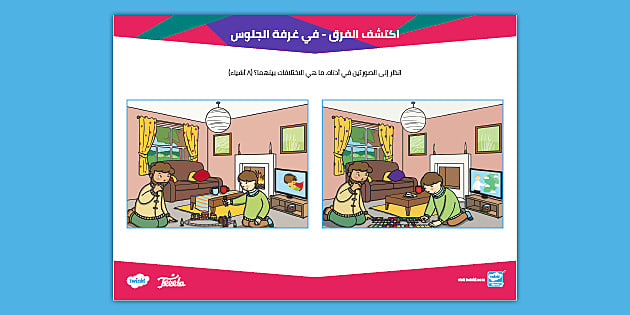
لعبة الإختلافات بين الصورتين | 7 | تعليم الأطفال | أوجد الفرق بين الصورتين | قناة روز للأطفال - YouTube

لعبة الإختلافات بين الصورتين | 2 | تعليم الأطفال | أوجد الفرق بين الصورتين | قناة روز للأطفال - YouTube

لعبة اكتشاف الفرق بين الصورتين للاطفال PDF .. أوجد الإختلافات الخمسة ⋆ بالعربي نتعل… | Montessori activities, Alphabet activities preschool, Printable journal cards

لعبة الإختلافات بين الصورتين | 6 | تعليم الأطفال | أوجد الفرق بين الصورتين | قناة روز للأطفال - YouTube

لعبة الإختلافات بين الصورتين | 1 | تعليم الأطفال | أوجد الفرق بين الصورتين | قناة روز للأطفال - YouTube



















